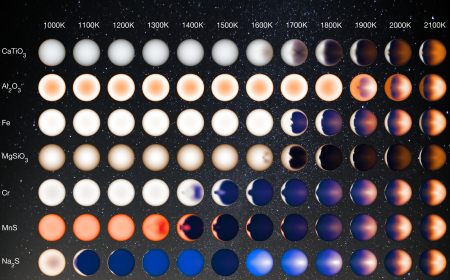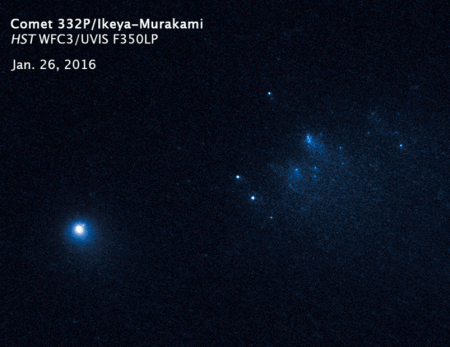TMT legal case in Hawaii gets messier
The permit process in Hawaii for the Thirty Meter Telescope has gotten far messier, with the telescope’s opponents appealing to the state’s Supreme Court, complaining about witness procedures and the lawyers who are working for the state, while the land board running the procedures has asked the court to dismiss this appeal.
Essentially, the opponents are using every trick in the book to delay the permit process, and it appears that the law in Hawaii, including one just passed in August, is designed to aid them in this tactic.
TMT will not be built in Hawaii.The consortium that is building it needs a decision by early next year at the latest. They ain’t gonna get it. The luddites going to win, and Hawaii will be far poorer because of it.
The permit process in Hawaii for the Thirty Meter Telescope has gotten far messier, with the telescope’s opponents appealing to the state’s Supreme Court, complaining about witness procedures and the lawyers who are working for the state, while the land board running the procedures has asked the court to dismiss this appeal.
Essentially, the opponents are using every trick in the book to delay the permit process, and it appears that the law in Hawaii, including one just passed in August, is designed to aid them in this tactic.
TMT will not be built in Hawaii.The consortium that is building it needs a decision by early next year at the latest. They ain’t gonna get it. The luddites going to win, and Hawaii will be far poorer because of it.


